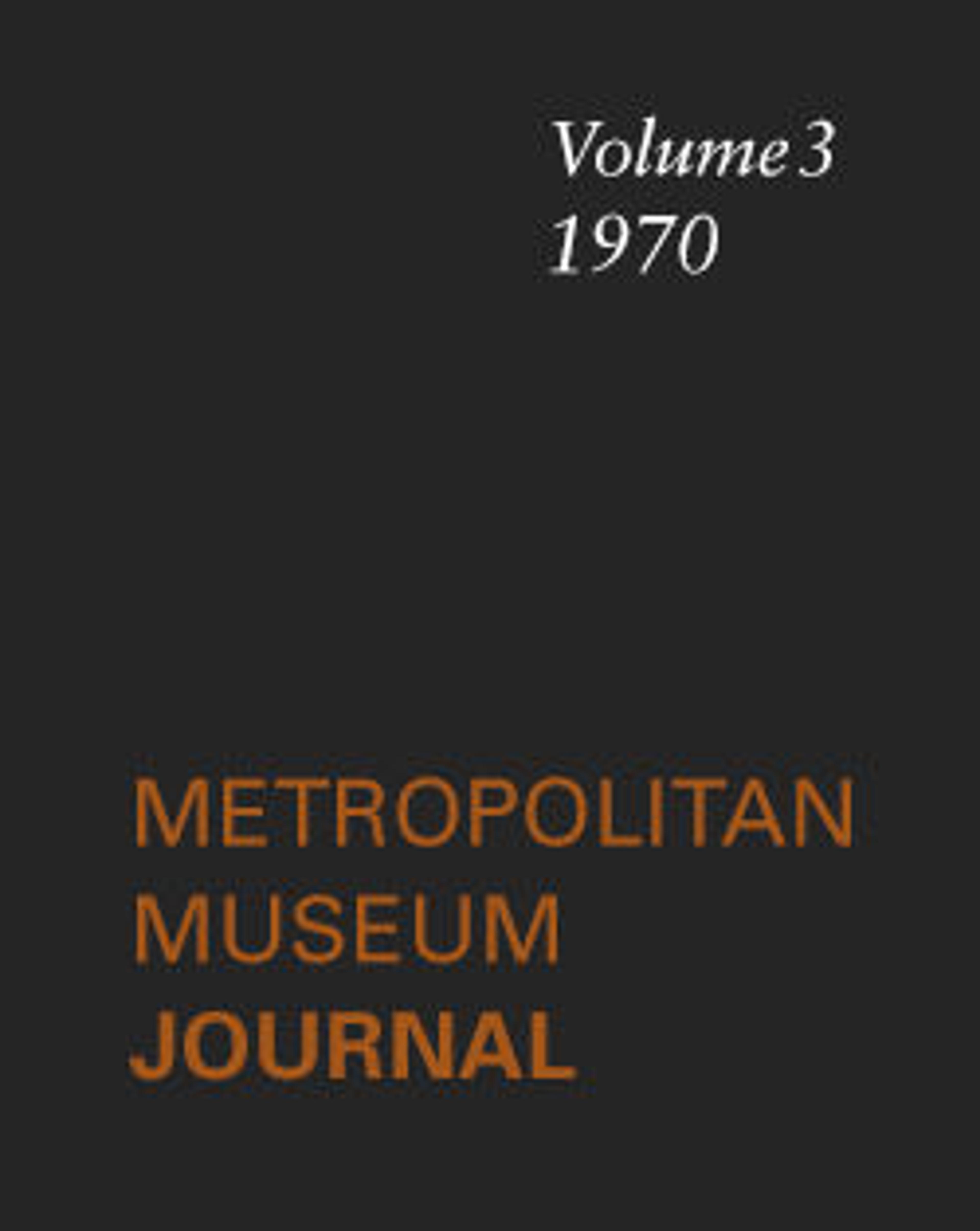Fragment of Wall Painting with a Scene of Two Horsemen Slaying a Serpent
This work, once believed to be a rare example of pre-Mongol painting, was recently shown to have been made with pigments containing modern components. Remarkably, the forger seems to have worked on an arch fragment and chose images evocative of stories in the Shahnama (Book of Kings), including horsemen slaying a snake. No comparable miniature painting is known from archaeological contexts or extant buildings.
Elemental analysis by X-ray fluorescence spectroscopy (XRF) detected the following modern pigments: emerald green, produced since 1814; chrome yellow, synthetized in the early 19th century; white baryte, used as extender since the late 18th century, and zinc white, produced since the late 18th century.
Elemental analysis by X-ray fluorescence spectroscopy (XRF) detected the following modern pigments: emerald green, produced since 1814; chrome yellow, synthetized in the early 19th century; white baryte, used as extender since the late 18th century, and zinc white, produced since the late 18th century.
Artwork Details
- Title:Fragment of Wall Painting with a Scene of Two Horsemen Slaying a Serpent
- Date:early 20th century
- Geography:Attributed to Iran
- Medium:Gypsum plaster; painted
- Dimensions:H. 19 1/2 in. (49.5 cm)
W. 23 1/4 in. (59.1 cm)
Wt. 41 lbs. (18.6 kg) - Classification:Plaster
- Credit Line:Purchase, Joseph Pulitzer Bequest, 1952
- Object Number:52.20.1
- Curatorial Department: Islamic Art
More Artwork
Research Resources
The Met provides unparalleled resources for research and welcomes an international community of students and scholars. The Met's Open Access API is where creators and researchers can connect to the The Met collection. Open Access data and public domain images are available for unrestricted commercial and noncommercial use without permission or fee.
To request images under copyright and other restrictions, please use this Image Request form.
Feedback
We continue to research and examine historical and cultural context for objects in The Met collection. If you have comments or questions about this object record, please contact us using the form below. The Museum looks forward to receiving your comments.
